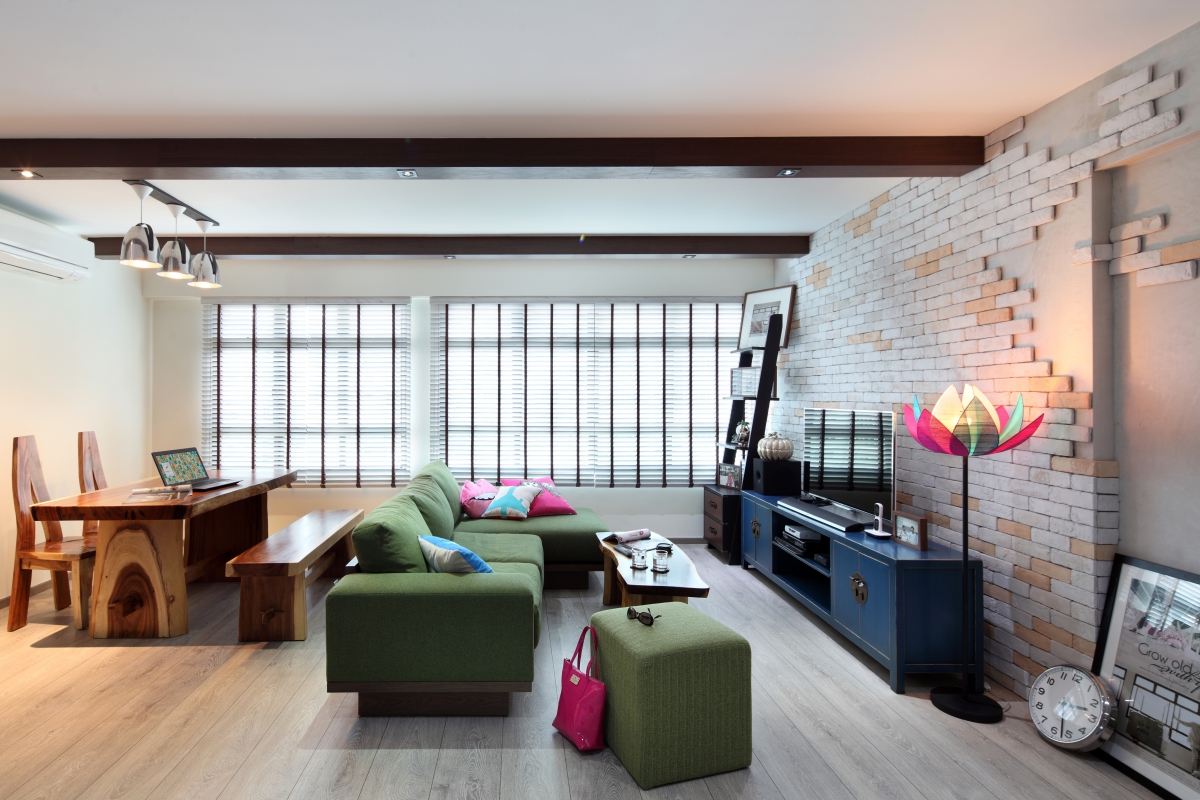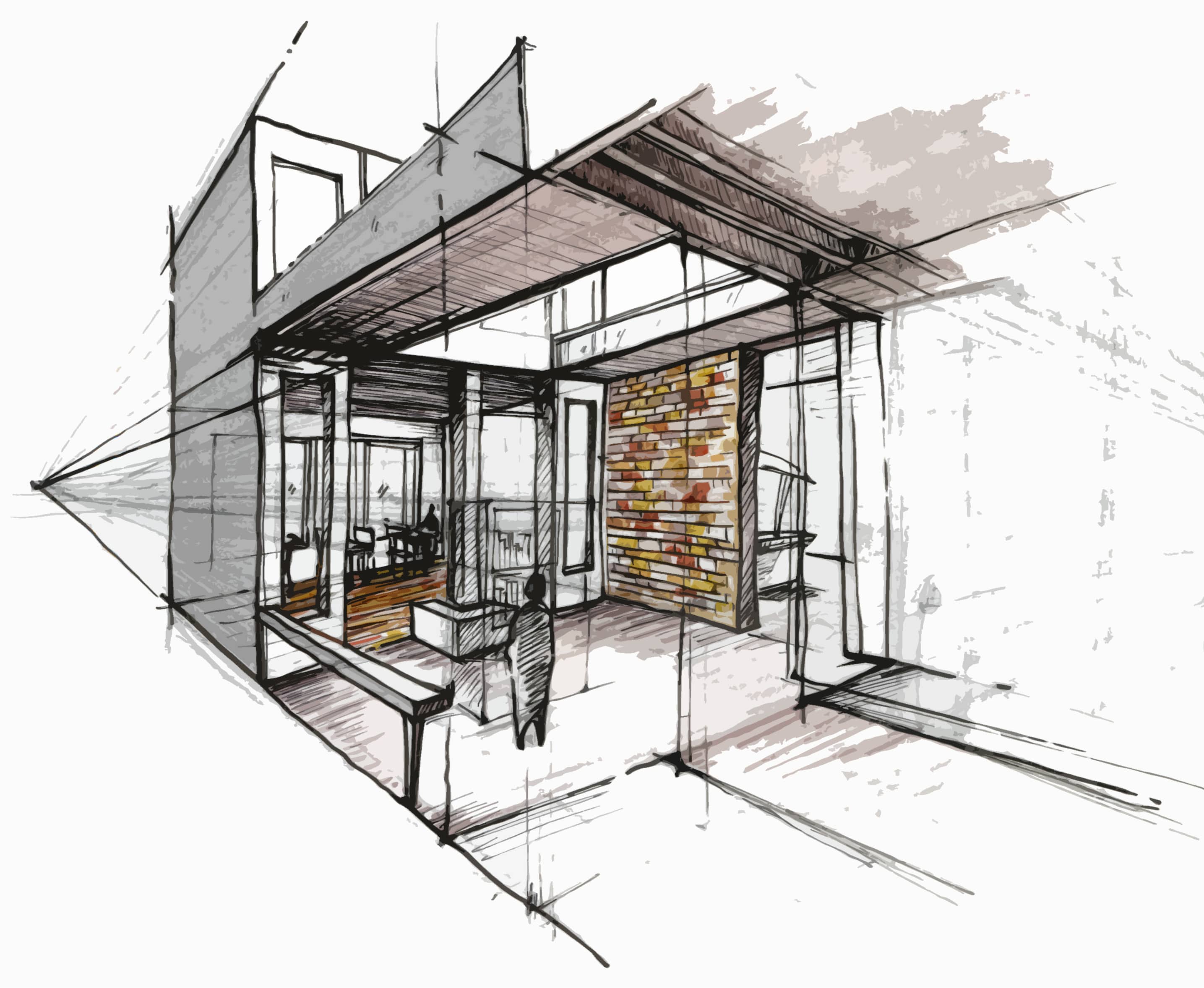Top 7 Time Management Tips to Implement in Your Architecture Practice
Interior Design & Decor5 minutes read
2022 views
2022 views
(Guest Writer: Jennifer Holland)
Being an architect is a career that requires intelligence, creativity, and a sense of style. Becoming an architect is a journey full of unslept nights and designs and this lifestyle might remain with architects forever.
In their everyday work, architects do not only plan the building of houses and sketch their design but also interact with a lot of clients. Architects have the power of showing their personality to the city, adding a personal touch to every house, building, or skyscraper they contribute to.
They need to find interesting design choices that reflect the personality of the clients while also meeting their expectations. Some might want a beach vibe decor for their house, while others are aiming for minimalism.
Even though architects seem to have one of the most interesting jobs, the number of tasks and projects they have to handle pose challenges.
One of the biggest challenges they need to learn how to handle is managing their time. Many people imagine architects staying up all night to finish a project. Or architects that have their working days so full they do not have time for lunch. Or architects that are working during weekends.
Although these things do happen in the life of architects, they are not healthy at all. Working for prolonged hours and not taking any break can lead to burnout, work stress, and other mental health issues.
So, the best thing you could do is to learn how to manage your time. Here are the top seven time management tips you could implement in your architecture practice.

Image by StartupStockPhotos from Pixabay
1. Change Your Perspective on the Client
Many architects love their job but dislike working with clients. And because they cannot be architects without clients, changing your perspective on this collaboration is essential. It may be that not clients are disliked by architects, although for sure there are some cases, but all their reactions.
Sometimes, there might be delays within the project that are not in the control of the architect. However, you are the one that answers to the client and some of them can become recalcitrant. This is why changing your approach to your clients is essential.
Having a common group with the client and other people involved in the project will help you save time. Which time? The time spent notifying the client, explaining to them why there are delays, or simply offering updates. If clients are notified in time, there will be less pressure from them and you can manage the project and your time efficiently.
2. Keep Up the Pace with Technology
To be proficient in your job and also manage time, you need to try to do it like this. Many architects lose a lot of time on doing tables or adopting traditional approaches to their work. But technology and the world are evolving and developing constantly. This means that the latest launched versions of the software you are using will make your job easier. You will surely save some time you can use to finish other tasks.
3. Have To-Do Lists
To-Do lists are important because they guide your daily activities. To be efficient, to-do lists should be made one day ahead or in the morning, before starting work. When you will get engaged in the tasks you have to do, you can easily lose track of time and tasks you need to complete.
To-do lists keep architects on the track they have established for them before, helping them plan their time according to the difficulty of the task.
4. Learn to Stop
One of the characteristics that many architects have is perfection. And this is understandable. However, sometimes this perfectionist style can keep you behind and make you lose time. Yes, architects can go back to their designs to add something more or make some changes.
But doing this constantly will only prevent you from accomplishing your other tasks. Learning when to stop and detach from a project is something architects need to learn. This will help them save time and resources for other projects that might need your creative skills.
5. Prioritize
You are probably handling multiple and different projects at the same time. Even though this might seem difficult to do and manage, architects are usually very good at switching between projects. However, multitasking is a trap many architects fall into and that makes them lose time.
Prioritizing your tasks and goals for the day will help you solve the urgent tasks first. This process will also help you become more aware of the tasks you can delegate to others.
6. Delegating
You are the one who knows exactly what the client has said. You are the one who imagined the whole project and design. You are the only one who can take care of it. But all these statements are not usually true. Admitting that you are human, that you have limited resources, energy, and time will help you trust others more.
People often think that they are the only ones who can do the best at a certain task. And architects often overwhelm themselves with this thinking pattern that eats their time and energy.
Delegating does not mean that you do not know how to do it, but admitting that you do not have the time or resources to do it now. Moreover, those delegated tasks can help your colleagues learn more and improve their skills.
7. Designated Working Time
If college years were full of designs and all-nighters, your job doesn’t have to be like this. You are now in control of your time and resources and you can plan them so that you meet all your needs.
Having a designated working time and avoiding doing overtime is important both for your personal life and mental health. Taking breaks and spending time away from work will fuel you with creativity and inspiration.
Conclusion
Being an architect is a nice career to pursue. However, college years are full of challenges and many architects keep their student schedules when they begin work.
Now you can organize your time, delegate the tasks, take breaks, and buy the latest design software for your team.
Having to-do lists and changing your perspective on the relationship with clients is essential.
All these tips can help you manage your time efficiently.
~

Author Bio: Jennifer Holland works for a term paper writing service. When she’s not writing for work, Jennifer loves to blog about fashion, interior design, and DIYs. During the weekend, she loves a good movie or going to a gallery with her best friends.
Request for quotes and we'll match you with a selection of Interior Designers!
Previous
5 Efficient Cleaning Hacks That Make Spring Cleaning A Breeze


 Sign Up with Google
Sign Up with Google

.jpg)

